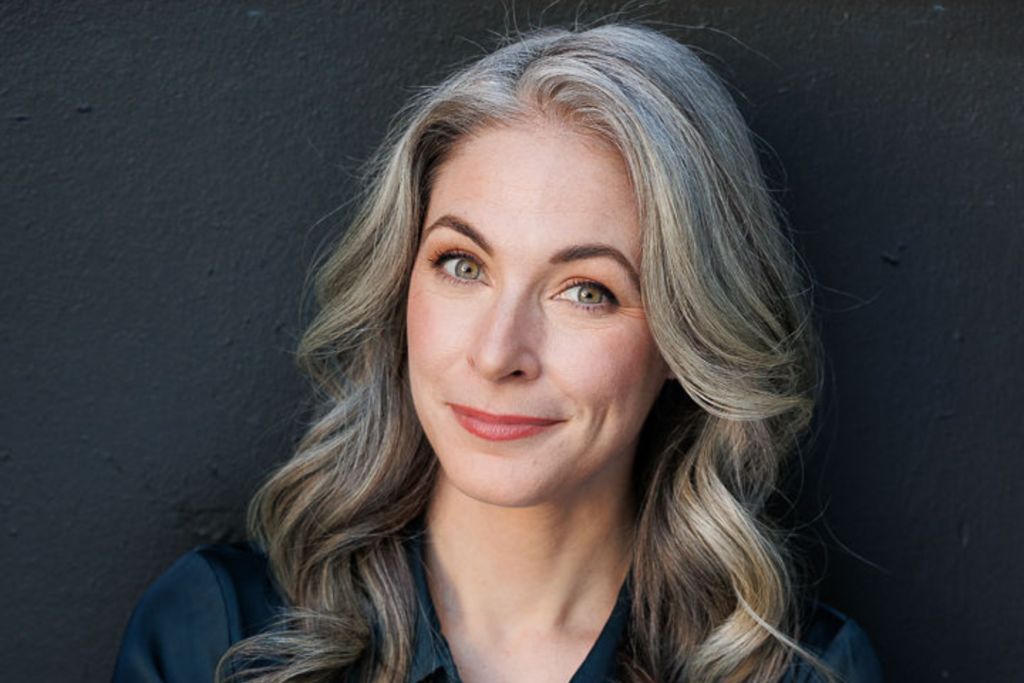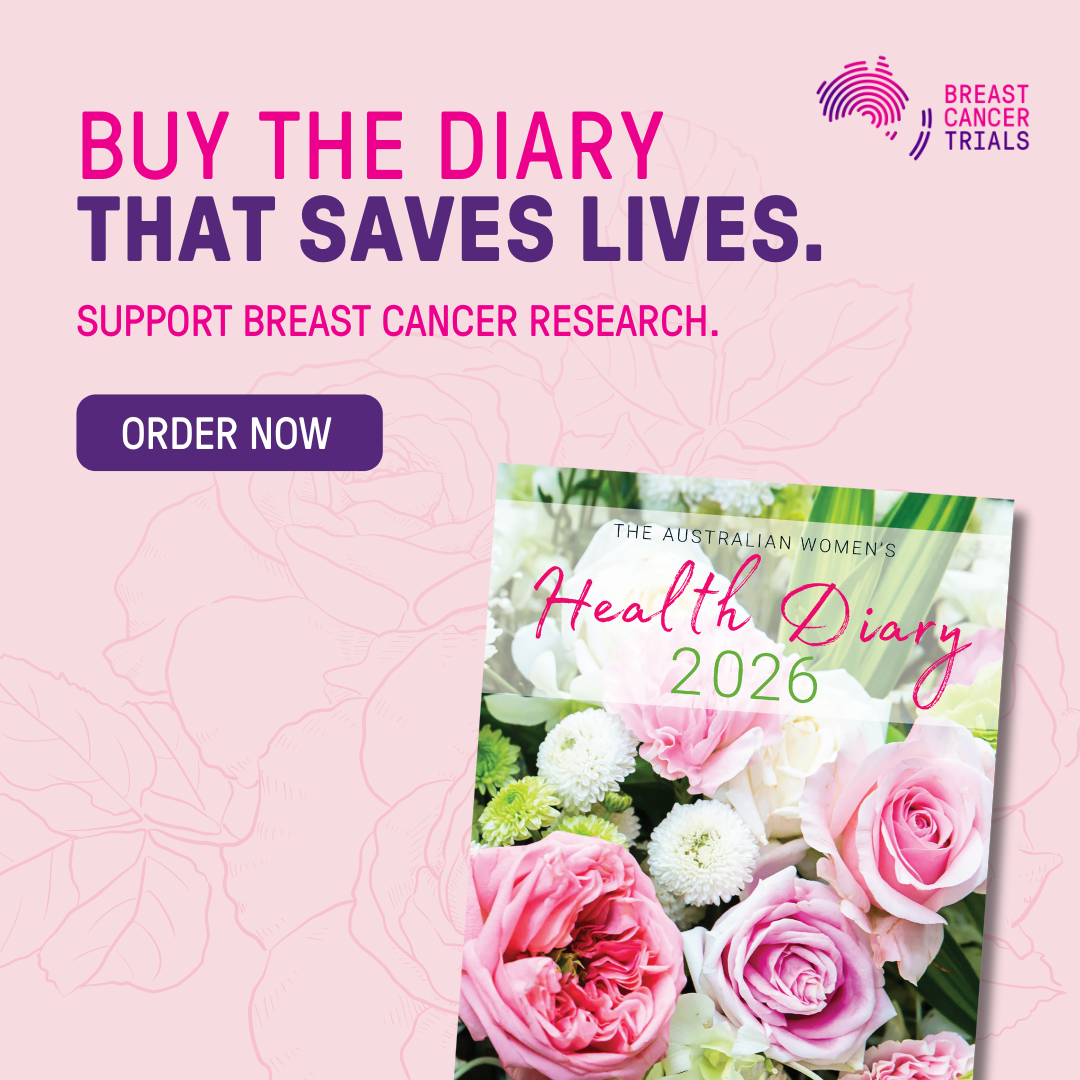Every March, in line with the publication of WGEA’s report, we delve into conversations on the gender pay gap. And a continuing cultural tendency illustrated by the gender pay gap is the lack of credit given to women and women’s work.
Over the past year, I’ve been venturing into finding stories of Australian innovation and homing in on women’s contribution to our success. Some of my findings can add an extra lens to the pay gap conversations.
Because do you know what’s hard? Getting incredible women to talk specifically about their achievements, what success they had leading a team, or through their own aptitude.
A writer friend of mine, wanting to profile a woman who had discovered fundamentally new physics in the Universe, couldn’t find a bio that was explicit about her work and contribution.
An international comedian told me that her sister, a leading professor in biochemistry research, struggles to share her individual talent to those controlling the grant money.
Another scientist, when discussing the necessity for scientists to doubt their work, admitted that she may have more than a healthy dose of doubt when she approaches her own research.
A film director and producer shrugged off my attempts to praise her work in an award-winning film, finally conceding, “yeah, it [the film] did really well.”
This is not a new observation, yet sadly it’s an all-too-common one.
Studies show women are less likely to get credit from their peers or to take credit than their male counterparts. They also rank their work lower than men, when they’re both achieving the same results.
This could be social conditioning, a greater perception of the work of others, or just a leaning towards the community mindset. All could be explained by individual characteristics, personal traits, but could also be a pattern of behaviour by a group of people who have nothing but their gender in common.
We need to ask ourselves, are we giving credit where credit is due?
When I made a call out on national TV, asking for Australian innovators, I received only information of men, either from themselves or family members. It was an amazing array of achievements, from developing wheat strains to ways of analysing the stars. These men did, and are, having an impact on our science and technological development, but could no one name a woman?
Does the reduction of women’s impact start at home? Or did it permeate the domestic sphere from outside influences and bias?
In the workplace, at home, in my interviews, there’s a lot of language used to diminish the individual effort, the unique thinking, the creative endeavour. It particularly happens when I try to tease the innovation story out of guests – it quickly slides into what others are doing, or a broader narrative of what a community, an organisation, the world is doing.
But I want to hear about the specific development and successes of these women. By all means, recognise the team’s work and effort (after all, nothing happens in a vacuum) but I want to be able to give credit where credit is due.
Dr Kat Ross is the founder of Include Her, an organisation working with teachers and curriculum developers to get women named in the curriculum. Not ‘more’; just, well, any. Their research on gender representation in high school science showed that of the 145 scientists named, one was a woman (Rosalind Franklin). Even Marie Curie, the pioneer of radioactivity research and winner of two Nobel Prizes, was not mentioned.
Kat says that if you put the names of scientists next to the science that students are already learning, you can increase representation of women in the curriculum by 30 percent.
“The one that gets me,” Kat told me, “is people who say ‘Well, I haven’t heard of any women scientists, so they must not exist.’ Which is so close to the point.”
The lack of recognition and credit comes from the narratives society tells itself around our desires, capabilities, and value. It’s worth taking a moment to analyse these narratives to consider the motivations behind them, as well as what we’re being told, by whom, and who is missing. Who is getting the credit, and why?
After all, ‘scientist’ was coined by William Whewell to describe polymath Mary Somerville, as he needed another term for ‘man of science’. Making the correct usage ‘male scientist’.
Computers are named after the teams of women who did computations for the lead researcher. Most famous, perhaps, were the Harvard Computers who were the first to record the expanding Universe. Notably, Henrietta Swan Leavitt worked out the relationship between variable star brightness and distance, enabling us to measure space and Cecilia Payne-Gaposchkin worked out the material of stars.
Australian scientist Rachel Makinson worked out the physics behind our wool tops surviving a wash.
Australian innovator Minnie Crabb developed the Braille printing press.
Australian scientist Ruby Payne-Scott was one of the world’s first radio astronomers.
This type of recognition is not isolated to scientific fields. There’s the ongoing work of the National Gallery of Australia’s Know my name campaign. Even the NGA invites to the Australian cultural sector and communities ‘to recognise and highlight the work of women across diverse creative practices’. And further afield, Katy Hessel’s work to get women artists back into the international art canon through her books and podcast series, Great Women Artists.
Stories of women’s innovation abound around us – yet we don’t speak about these efforts and, if they’re known, we don’t acknowledge them in the way we do with men. It’s about time we start to look back, look forward, look around, and give credit where credit is due.
Feature image: Rachel Rayner.



